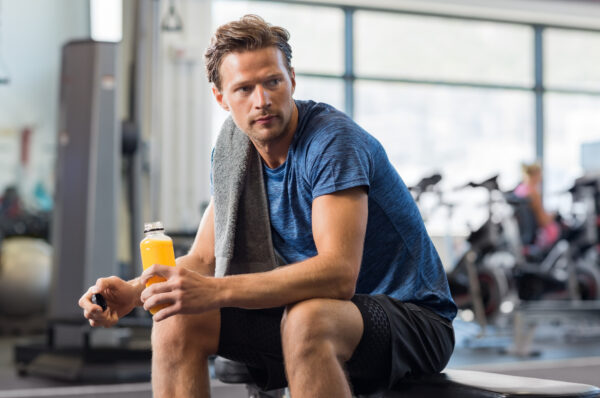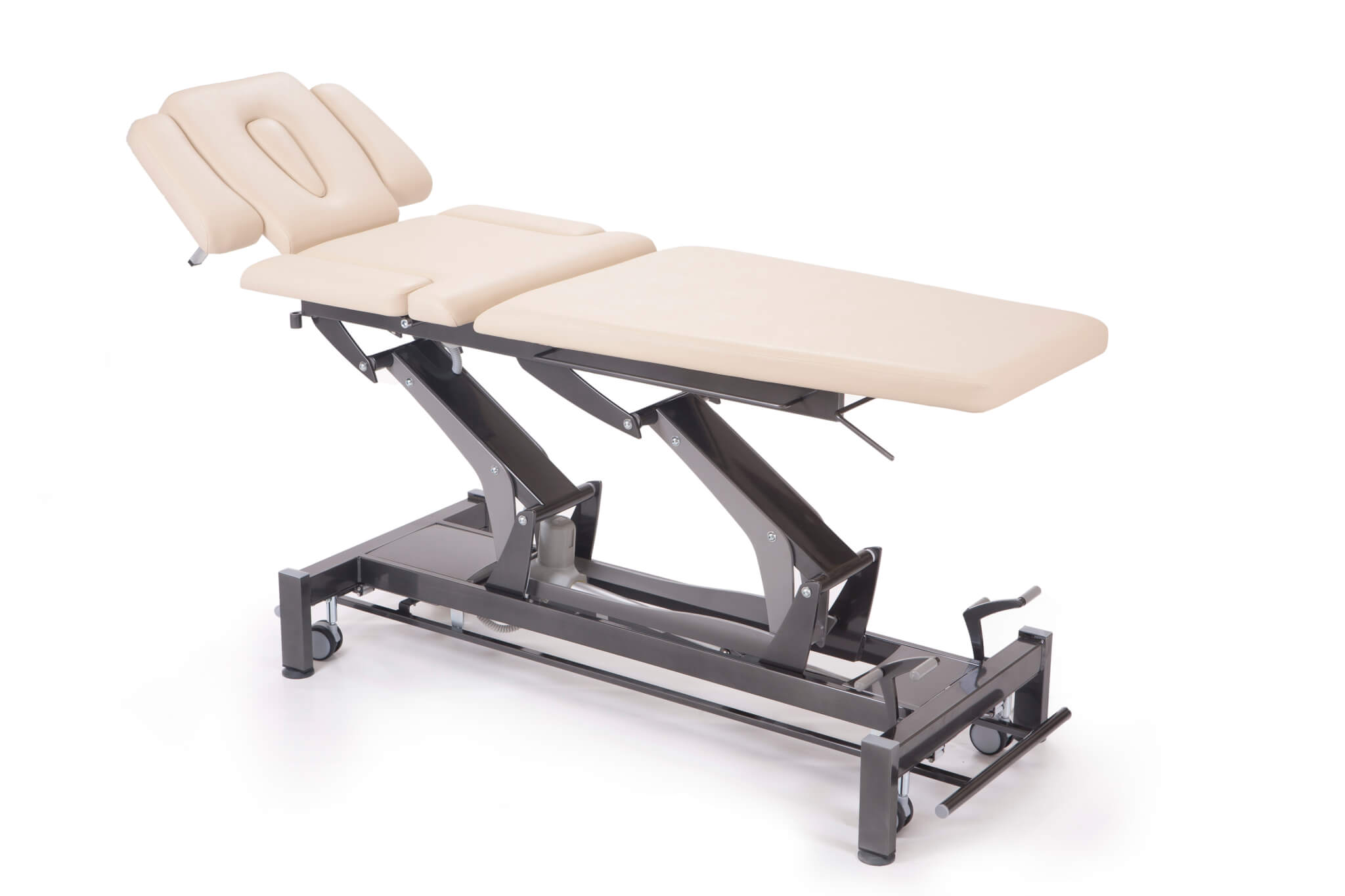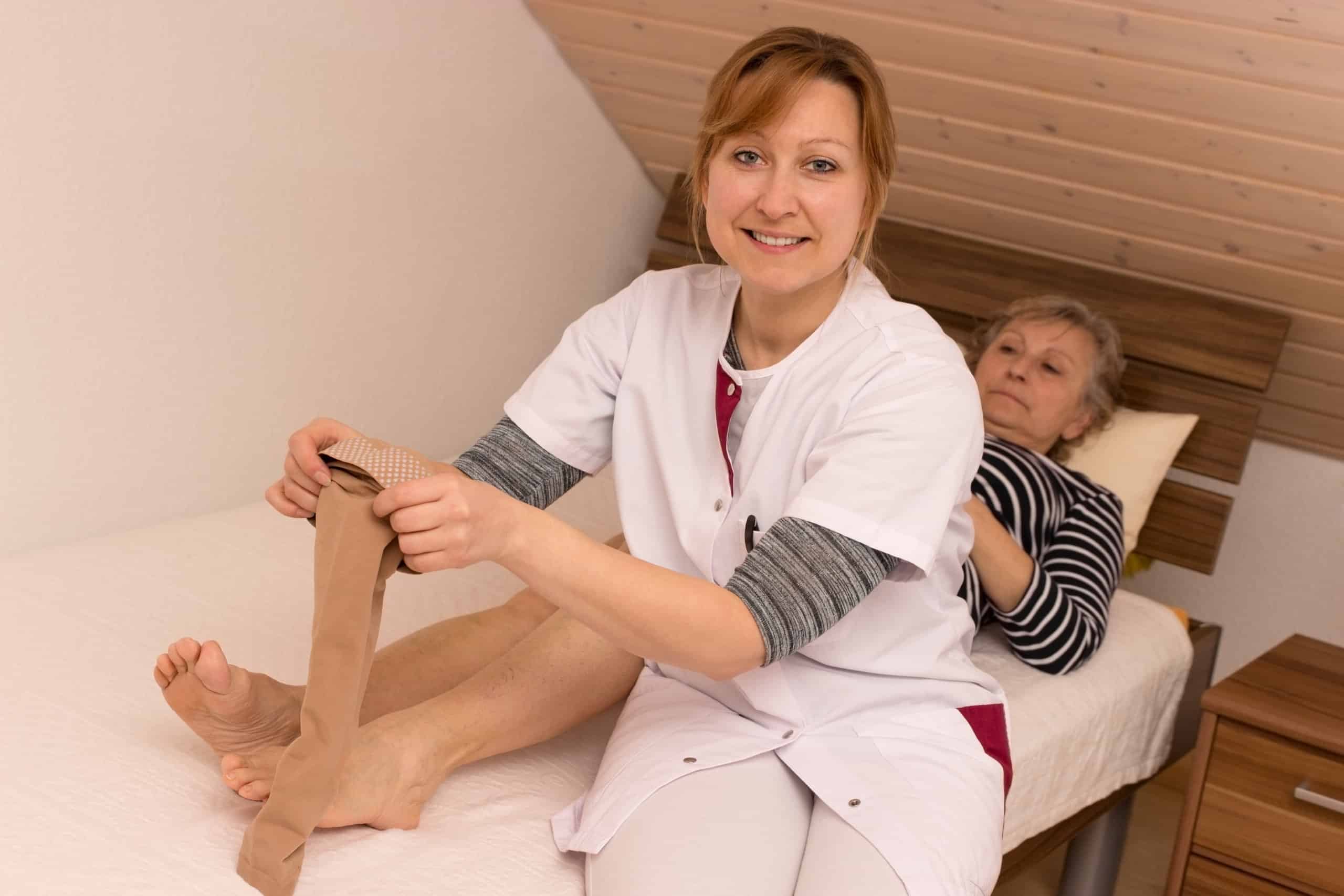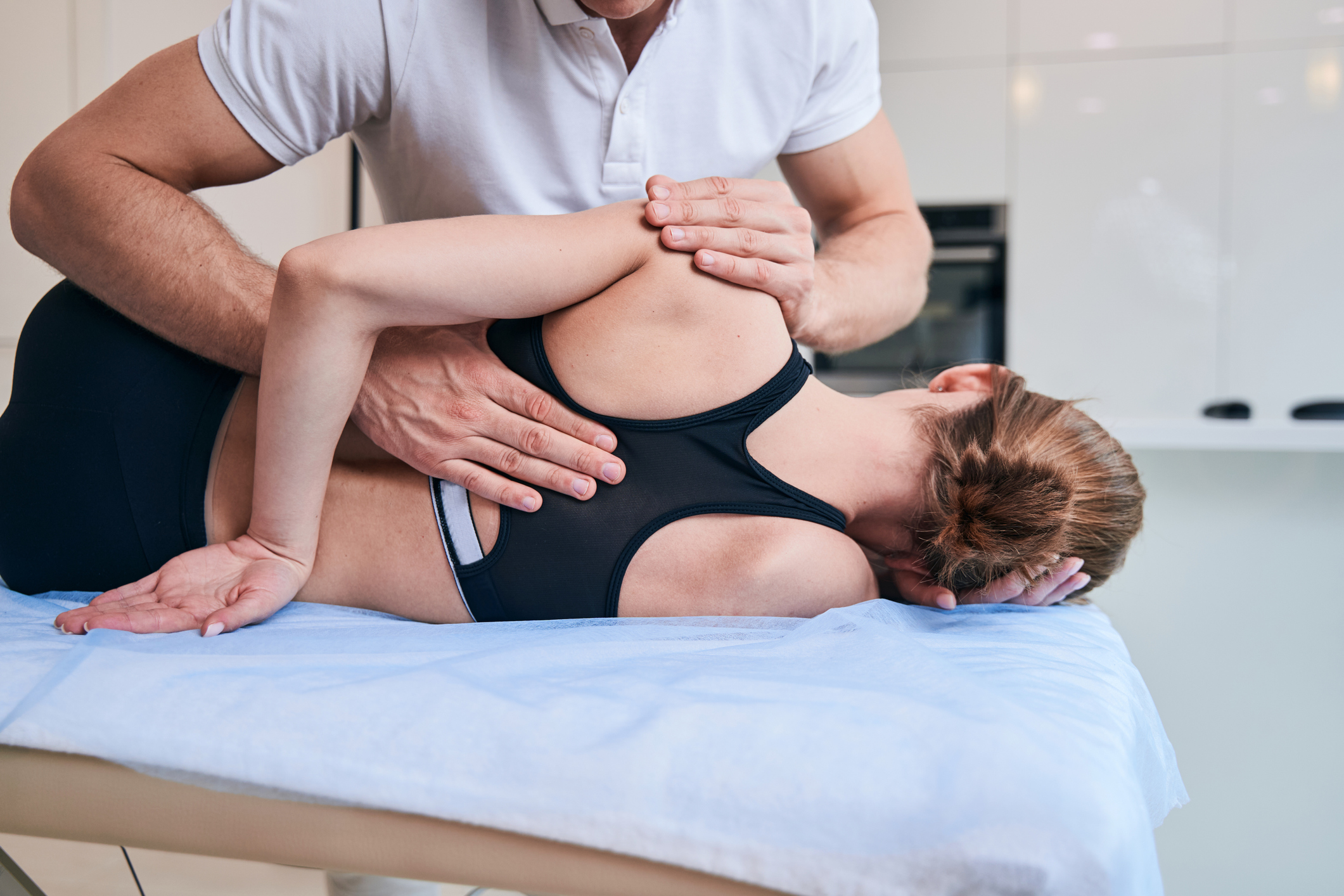Sports Injury Prevention: How To Get There In 5 Easy Steps
In this post, we shall present 5 useful and interesting home based sports injury prevention tips that we hope will be useful to anyone responsible for treating athletes or physically active individuals. As the saying goes ” An ounce of prevention is worth a pound of cure”. It therefore makes sense to take sensible precautions to avoid incurring a sports related injury in the first place instead of spending months undergoing treatment and rehabilitation for an injury that could easily have been presented in the first place.
5 Home Based Sports Injury Prevention Tips
We will now list 5 sports injury prevention tips that can easily be practised without specialist knowledge. In addition to listing the specific tip, we will also describe the types of injuries it will be most useful in preventing.
Proper Warm-Up and Stretching
- Detailed Description: Warming up and stretching are among the most important sports injury prevention tips. A proper warm-up should gradually increase heart rate, blood flow, and body temperature to prepare muscles, tendons and ligaments for physical activity. Dynamic stretches involve controlled movements that mimic the activity to be performed, effectively increasing flexibility and range of motion.
- Injuries Prevented: Dynamic warm-ups and stretching can help prevent muscle strains by preparing muscles for exertion. They also reduce the risk of ligament sprains by enhancing joint flexibility and stability. Additionally, improved circulation from warming up can prevent injuries related to poor blood flow, such as tendon tears.
Strength Training and Conditioning
- Detailed Description: Strength training involves exercises targeting specific muscle groups to increase strength, power, and endurance. Conditioning refers to exercises and drills designed to improve overall fitness and sports-specific skills. Like the warm-up/stretching tip mentioned above, this is an often overlooked aspect of sports injury prevention.
- Injuries Prevented: Strength training can prevent overuse injuries by improving muscle strength and endurance and reducing the strain on tendons and ligaments. It also helps correct muscle imbalances, which can decrease the risk of strains and tears. Conditioning programs enhance cardiovascular fitness and muscular endurance, reducing fatigue-related injuries and improving overall performance.
Use Proper Technique and Form
- Detailed Description: This is one of the most frequently overlooked sports injury prevention tips. Proper technique and form involve performing movements correctly to minimize stress on joints, tendons, and ligaments. This may include maintaining proper alignment, engaging appropriate muscle groups and executing movements with control and precision.
- Injuries Prevented: Correct technique can prevent sports-specific injuries such as ACL tears in activities like soccer or basketball. Proper form reduces the risk of rotator cuff injuries in overhead sports like tennis or swimming. Good mechanics can also prevent stress fractures by distributing forces evenly across bones.
Get Adequate Rest and Recovery
- Detailed Description: Rest and recovery are essential components of any training program. Adequate rest allows the body to repair and rebuild tissues damaged during exercise while recovery strategies such as foam rolling, stretching, and massage can enhance circulation and alleviate muscle soreness.
- Injuries Prevented: Rest and recovery prevent overuse injuries by giving tissues time to heal and adapt to training loads. They also reduce the risk of fatigue-related injuries by ensuring athletes are adequately recovered before engaging in intense activity.
Proper Equipment and Safety Gear
- Detailed Description: Proper equipment refers to gear designed specifically for the demands of a particular sport or activity. This includes helmets, pads, footwear, and protective gear such as goggles or mouthguards.
- Injuries Prevented: Helmets and pads can prevent impact injuries by absorbing and distributing forces away from vulnerable areas. Footwear with proper support and cushioning reduces the risk of foot and ankle injuries. Protective gear like goggles and mouthguards can prevent eye and dental injuries in contact sports. Ensuring that your equipment fits properly and is well-maintained helps to enhance its effectiveness in injury prevention.
Conclusion

In this post, we have presented 5 suggestions for home based strategies for sports injury prevention.
Before we close, we would like to mention (as a bonus) one additional sports injury prevention strategy that applies across the gamut of sports injuries but is often neglected – maintaining adequate levels of hydration.
Maintaining adequate hydration is crucial for preventing sports injuries as it plays a vital role in supporting optimal physical performance and reducing the risk of various injuries. Dehydration can lead to decreased coordination, impaired muscle function, and compromised cognitive abilities, all of which increase the likelihood of accidents and injuries during physical activity. Additionally, proper hydration is essential for regulating body temperature, as sweat production helps dissipate heat during exercise. Without sufficient fluids, the body’s ability to cool itself is impaired, leading to an increased risk of heat-related illnesses such as heat exhaustion and heat stroke.
Furthermore, adequate hydration supports the health and integrity of muscles, tendons, ligaments, and joints. Dehydration can contribute to muscle cramps and fatigue, which can compromise biomechanics and increase the risk of strains, sprains, and other soft tissue injuries. Proper hydration also helps maintain the elasticity and lubrication of connective tissues, reducing the risk of overuse injuries such as tendinitis and stress fractures. Moreover, staying hydrated supports the body’s ability to absorb and utilize nutrients essential for tissue repair and recovery, facilitating faster healing and reducing the risk of chronic injuries. Therefore, athletes should prioritize hydration before, during, and after physical activity to optimize performance, enhance recovery, and minimize the risk of sports-related injuries.
This concludes our presentation of useful sports injury prevention tips. We hope that readers will find it useful and encourage anyone with questions and/or comments to leave these in the space provided at the bottom of this page.








